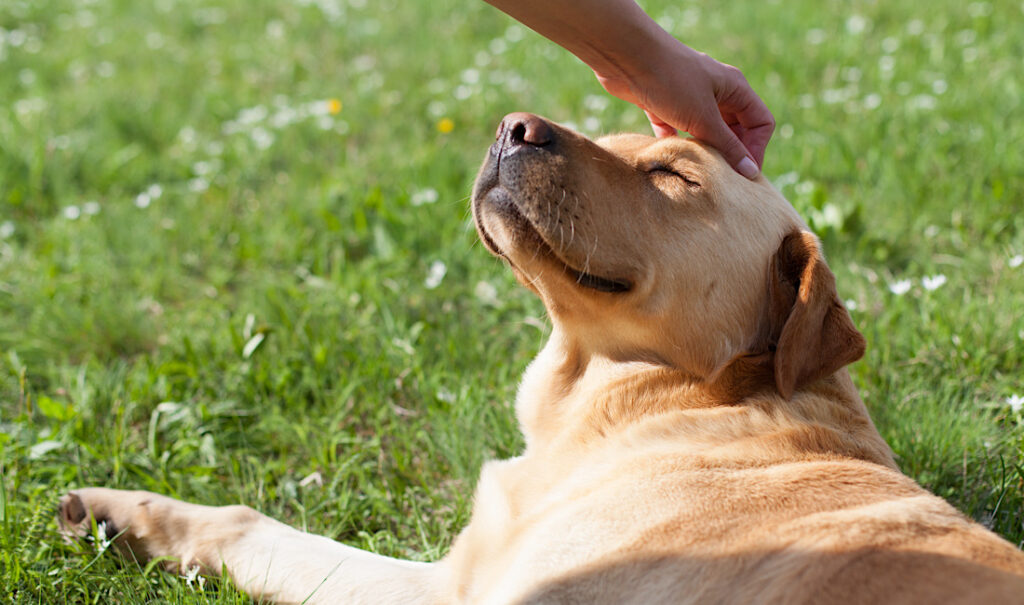
Dogs are amazing, but let’s be honest—sometimes their behavior can be a little confusing, especially if you haven’t spent much time around them. If you’re a new dog owner or just curious about what your pup is trying to tell you, we’ve got you covered. Here’s a relatable guide to some common dog behaviors and what they really mean.
Tail Wagging
You’ve probably heard that a wagging tail means a dog is happy. Well, not always. Dogs wag their tails for different reasons, and it’s all about the vibe they’re giving off.
A loose, quick wag is usually a sign of excitement or happiness. This is the classic “I’m so happy you’re here!” tail. On the other hand, if their tail is stiff and wagging slowly, it could mean they’re feeling unsure or even a little defensive. Think of it like human body language—a relaxed smile means everything’s cool, but a tight grin might mean someone’s uncomfortable.
Zoomies
If you’ve ever seen a dog suddenly sprint around like they’re auditioning for a superhero movie, you’ve witnessed zoomies. This burst of energy is completely normal and usually happens when dogs need to release pent-up excitement or stress.
Zoomies are the canine version of a dance party when you’ve been sitting at your desk all day. If your dog gets the zoomies, let them run it out in a safe space. It’s fun to watch and a great way for them to burn off energy.
Head Tilts
When dogs tilt their heads, it’s not just cute—it’s their way of trying to understand what’s going on. They’re focusing on a sound or trying to figure out what you’re saying. It’s like when someone tells you something surprising, and you tilt your head and say, “Wait, what?”
This behavior is also a great time to grab your phone for a photo. Head tilts are basically the ultimate Instagram moment.
Barking
Barking is how dogs communicate, but the meaning changes depending on the situation.
If they’re barking at the doorbell, it’s their way of saying, “Who’s there? Should I be worried?” If they’re barking during playtime, it’s more like, “This is so much fun!” Constant barking, however, can be a sign of boredom or anxiety. Think of it like how we might tap our fingers or bounce our leg when we’re restless.
The tone and context of the bark can help you figure out what they’re trying to tell you.
Licking Your Face or Hands
When a dog licks you, it’s usually a sign of affection. They’re basically giving you kisses, which is sweet and heart-melting. Sometimes, though, they’re licking you because you taste salty (yeah, gross but true) or because licking helps them feel calmer.
For dogs, licking can be a self-soothing behavior, similar to how humans might fidget with a pen or squeeze a stress ball.
Yawning
Believe it or not, dogs don’t just yawn when they’re tired. They also yawn when they’re stressed or anxious.
If your dog yawns in a new or overwhelming situation, it’s their way of saying, “I’m feeling a little nervous here.” It’s similar to how we take a deep breath or stretch when we’re trying to calm ourselves down.
Rolling Over for Belly Rubs
When a dog rolls over and shows you their belly, it’s a big deal. This is their way of saying, “I trust you completely.”
It’s also an open invitation for belly rubs, which most dogs absolutely love. Belly rubs are not just fun for them—they’re also a way to bond and show affection.
Learning to Read Your Dog
If you’re new to dogs, it might take a little time to figure out their signals. The good news is, dogs are great at showing how they’re feeling—you just have to know what to look for.
A relaxed body and wagging tail usually mean they’re happy and comfortable. A tucked tail and tense body mean they’re nervous or scared. Ears perked up and focused show curiosity or alertness.
Pay attention to these signals, and you’ll start to understand what your dog is trying to communicate. The more you get to know them, the stronger your bond will become.
Dogs might not speak our language, but their actions say a lot. Once you learn how to read their behavior, you’ll feel like you’re having a real conversation with your furry best friend.
Contact The Wright Pet for all your daycare and boarding needs. Our professional staff has been trained to read and understand dog behavior to ensure the safety of everyone in our facility.



